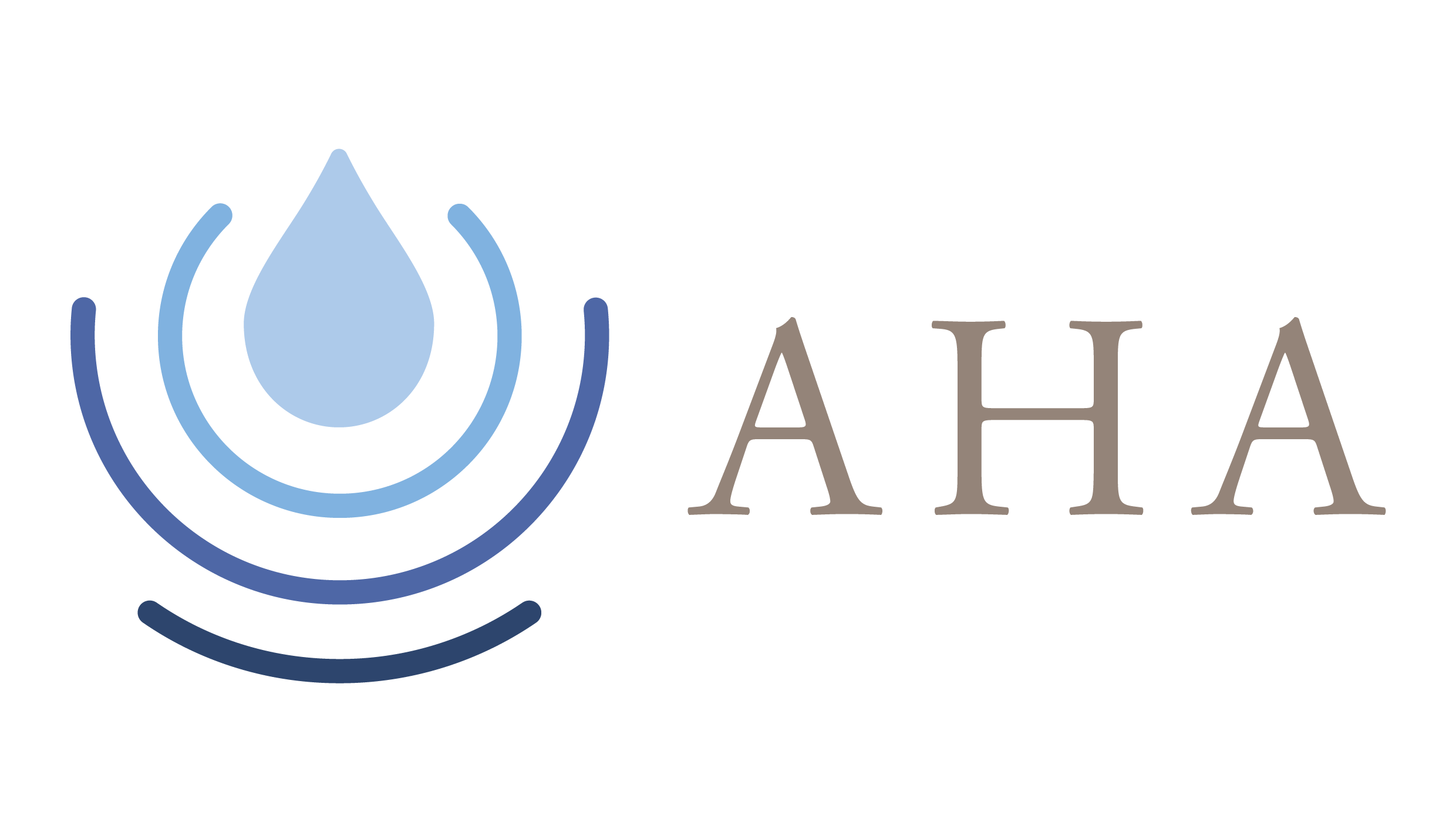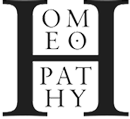Early History
Homœopathy has been practised by individual practitioners throughout Australia since the 1840s. The history of medicine during the formative years of the Australian colonies revolves around the fact that, apart from in the main cities, there were very few people who had formal qualifications as medical practitioners. People were very reliant on whatever assistance they could find, including self-help via domestic medicine chests. These people might be termed 'lay prescribers' rather than 'lay practitioners', in that they provided assistance for their family and friends in their community, but they did not establish themselves as practitioners.
There were also opportunities for people who did not have formal medical qualifications to establish practices. Some had medical expertise and successes in treatment, regardless of their lack of formal qualifications, while others were obviously charlatans taking advantage of the total lack of regulations in the newly-formed colonies.
The first homœopath to come to Australia was Englishman Dr Stephen Simpson, who wrote one of the earliest books on homœopathy in English. He arrived in Sydney, New South Wales, in 1840, but after six months there he moved to Queensland, to become a government administrator. 1 Dr William Sherwin, a practitioner who was born in Australia and gained his qualifications in England, was the first 'home-grown' doctor to use homœopathy, and it is likely that he was Australia's second homœopath. A later publication by Dr Sherwin indicated that he commenced examining and using homœopathy around 1842 or perhaps earlier.2
Some missionaries deliberately learned homœopathy so that they could help with the physical as well as the spiritual needs of their people, although they did not set up official medical practices. Dom Salvado established a Benedictine monastery at New Norcia in Western Australia, where local aborigines and settlers were treated using homœopathy. Baptist clergyman, Rev Benjamin Wilson, studied homœopathic medicine in England, with the aim of becoming a medical missionary. On the voyage to Brisbane he treated many conditions using homœopathic medicines, and apparently his treatments were more successful than those of the ship's doctor. Rev Marcus Brownrigg, Church of England minister, used homœopathy to treat his own family in Tasmania and the aboriginal people whom he met on his many journeys to the Furneaux group of islands in Bass Strait. Rev Holden was a Church of England clergyman who studied medicine and homœopathy privately for over seven years in England, and provided medical treatment for the poor when working in parishes in Victoria, South Australia and country New South Wales, where he found that there was no doctor in the town. Henry Backhaus, a Roman Catholic priest, used homœopathy to treat people in Victoria's goldfields.3,4
Supporters and users of homœopathy included many of Australia's notable people – Archbishops, Members of Parliament, Premiers, rich pastoralists and businessmen, and their wives.
Soon free homœopathic dispensaries for the poor were established in Victoria (Geelong, Melbourne and Ballarat), Adelaide in South Australia, and Sydney in New South Wales.5 The Melbourne Homœopathic Hospital, established in 1876, was the first homœopathic hospital in Australia. (It was eventually renamed as Prince Henry's Hospital.) There followed the Hobart Homœopathic Hospital (1899), the Launceston Homœopathic Hospital (1900), eventually renamed St Luke's, and the Sydney Homœopathic Hospital (1902).6 The leading figure in the establishment of the Adelaide Children's Hospital was a homœopath, Dr Allan Campbell. At that time, three of its six medical officers were homœopaths.7
These hospitals operated successfully for over 60 years until the late 1920s when they began to experience increasing difficulties in continuing to operate. Contributing factors for their demise included the advent of anti-biotics, increasing opposition from the orthodox medical establishment and the difficulty of obtaining qualified homœopathic staff.
The subsequent revival of homœopathy in Australia over the past 50 years is part of a story of world-wide changes in spiritual values and public perceptions regarding health. The past decade has seen an accelerating interest in complementary healthcare, including homœopathy.
Current Regulatory Context
Australian Federal Government reports have recommended that there should be effective and accountable structures to ensure that complementary medicine practitioners are appropriately qualified and work within appropriate standards of ethical and professional behaviour to safeguard consumers.
In this regard, the homœopathic profession in Australia has achieved some major milestones. As a result, the profession has already achieved the type of organisation and self-regulation suggested by the Government.
The homœopathic profession, in conjunction with the Federal Government, established National Competency Standards in homœopathy in 1999. These standards were incorporated in the Government's Health Training Package, and defined what should be taught in accredited courses in homœopathy as conducted by registered training organisations. These were first established in 2002, and were reviewed biennially by the profession in conjunction with the Government. The Australian Homœopathic Association (AHA) supported this process, and provided significant input by participating in the industry reference group representing the profession.
Perhaps the most significant advance took place when an independent national registration board was established, also in 1999, for homœopaths who meet the government-endorsed standards. This board, the Australian Register of Homoeopaths (AROH), is the national register and self-regulation body for homœopaths, replacing the registration role which had previously been fulfilled by the various homœopathic associations throughout Australia. The AHA was instrumental in supporting the establishment of this registration board and has significant on-going representation on the board. The criteria for registration with AROH are currently still based on the National Competency Standards in homœopathy mentioned above, including underpinning knowledge, clinical competencies, medical sciences, etc. In addition, practitioners must maintain their professional registration annually which includes meeting continuing professional development (CPD) requirements, and maintaining indemnity insurance. Registered practitioners are recognised by many major health insurance funds for the purpose of rebates on consultation fees.
Thus, the profession is operating under a system of 'self regulation' with government-endorsed competency standards in homœopathy, and a national registration system established by the profession. However, there are no statutory regulations controlling the practice of homœopathy by individuals, or protection of the title of "Homoeopath". Unfortunately this means that currently anyone can legally call themselves a homœopath, although health insurers will only acknowledge the services of registered practitioners for the purposes of rebates on homœopathic consultations.
Sadly, to-date, this matter has not become a matter of priority for our State Health Ministers despite ongoing submissions by the AHA. Government priority is determined by the 'risk' involved for the general public in any therapy, and since homœopathy is considered to be a low-risk therapy there is no sense of urgency to implement the relevant legislation.
References:
(All the references listed below may be accessed at www.historyofhomeopathy.au).
1. Armstrong, Barbara. Australia's First Homoeopath. Similia 18:1, December 2005.
2. Armstrong, Barbara. Australia's First 'Home-Grown' Homoeopath. Similia 19:2, December 2007.
3. Armstrong, Barbara. Early Knowledge of Homoeopathy in the Australian Colonies. Similia 21:2, December 2009.
4. Armstrong, Barbara. History of Homoeopathy in Australia, People. More information can be found at the above link.
5. Armstrong, Barbara. Homoeopathic Pharmacies, Dispensaries & Manufacturers. More information can be found at the above link.
6. More information about these dispensaries and hospitals can be found at the above link.
7. Armstrong, Barbara. The Adelaide Homoeopathic Dispensary. Similia 19:1, December 2006.


